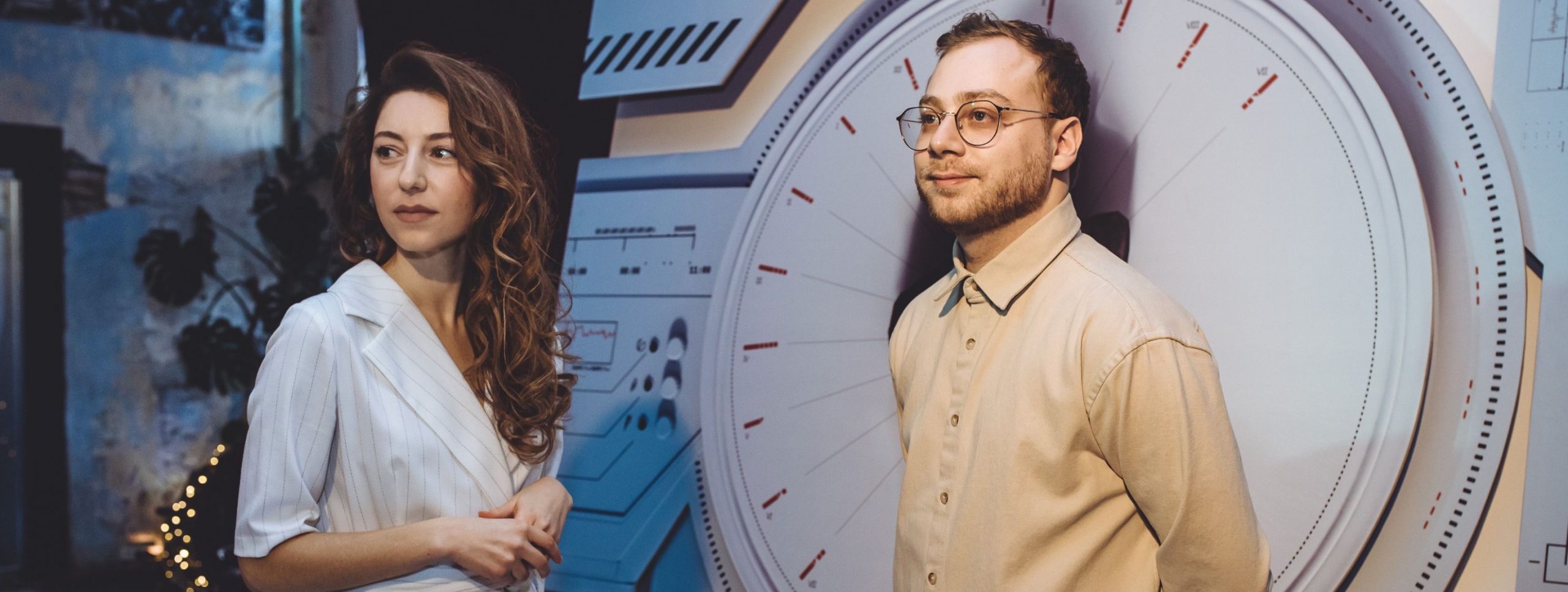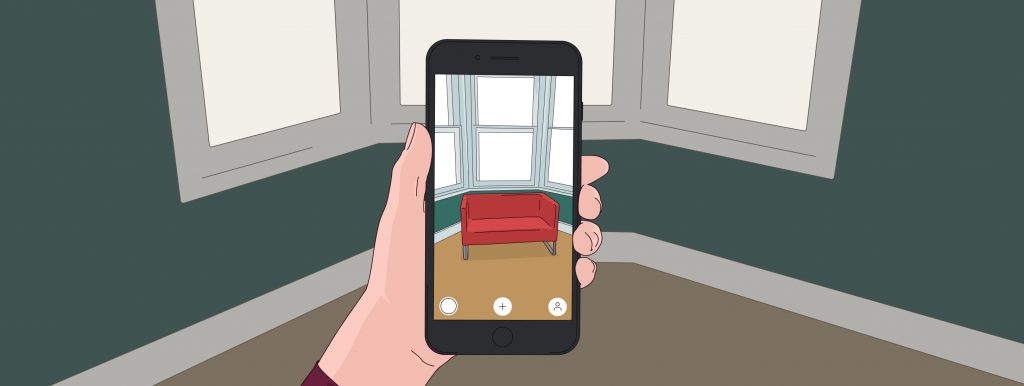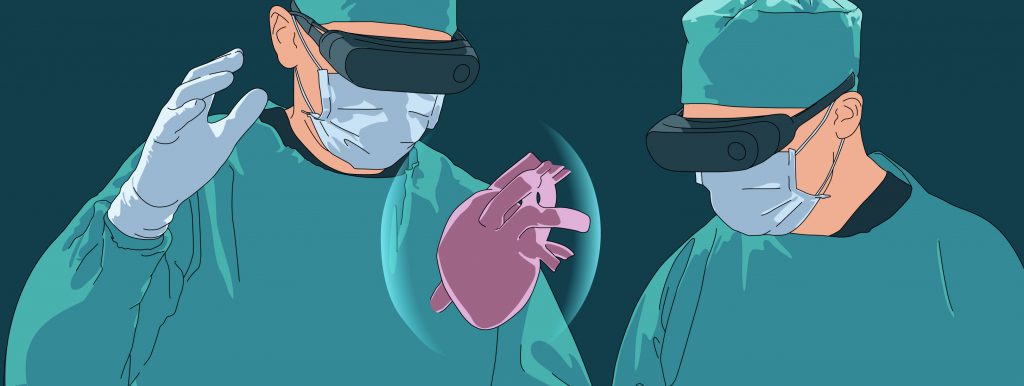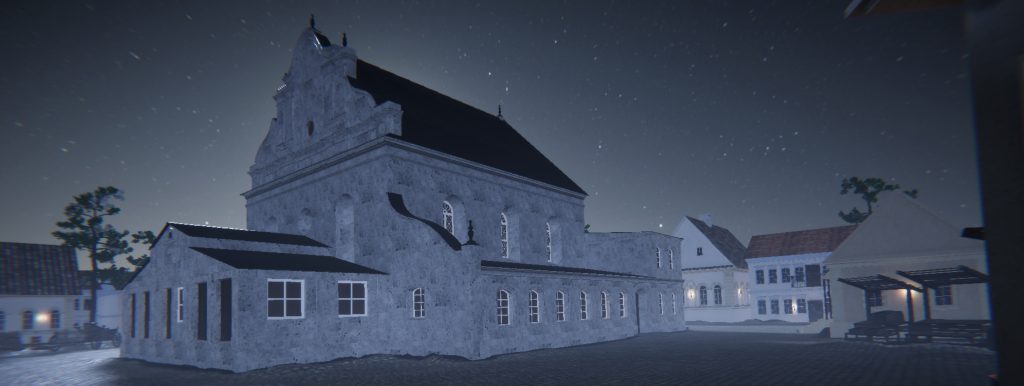Historical Reference
The Jewish people have always been an integral part of Belarusian history. At the beginning of the 20th century, up to 60% of the total urban population of Belarus were Jews, who made a great contribution to Belarusian culture and the development of Belarusian society.
The Second World War, the Holocaust, mass emigration, and Soviet ideology had a devastating effect on the culture of Belarusian Jews: Jewish heritage and its role in the history of Belarus and Europe still remain unknown to modern residents of the region.
This fact prompted Maya Katznelson, a Founder of the Belarusian-Jewish Cultural Heritage Center, and Grigory Kheifets, a Curator of the Belarus Shtetl project, to revive the Jewish heritage using modern VR technologies.
Following new normality trends, we meet Maya and Grigory in Zoom. Today, when a pilot of the Belarus Shtetl project is completed, we discuss the history of creating the Belarusian-Jewish Cultural Heritage Center, their experience of working with Exposit, and future plans.
How did the idea of creating the Belarusian-Jewish Cultural Heritage Center come about? What is the main mission of your center?
Maya: The idea of creating such a center appeared back in 2018. In the spring of 2019, the center was officially registered. The organization was founded to raise awareness about the history and culture of Belarusian Jews who played a great role in Belarusian history.
However, this topic is poorly represented in the cultural context of modern Belarus and is often indiscernible from the history of Russian and Polish Jewry. In Belarus, we don’t even have the Jewish Museum.
But I initially understood that it makes no sense to create a museum in the form which people are used to: the most important for me was to have an active dialogue with modern society to make sure that the Belarusian-Jewish heritage is present in both Belarusian national context and a global one.
We were searching for the right form of communication with the audience, and in the end, decided that our cultural center would not be tied to any particular place, and our activities would be expressed in various projects to reach a diverse audience.
Today our main goal is the creation of a new Jewish Museum in the form of a modern platform for the rethinking of cultural heritage and continuous dialogue.
How big is your team now? Are you planning to expand?
Maya: Today, our projects involve a large number of people. We do not like the idea of limiting our potential to the specific team related directly to Jewish culture, we believe that it concerns everybody. The more specialists and companies are involved in the project as partners, the more impressive results we can achieve.
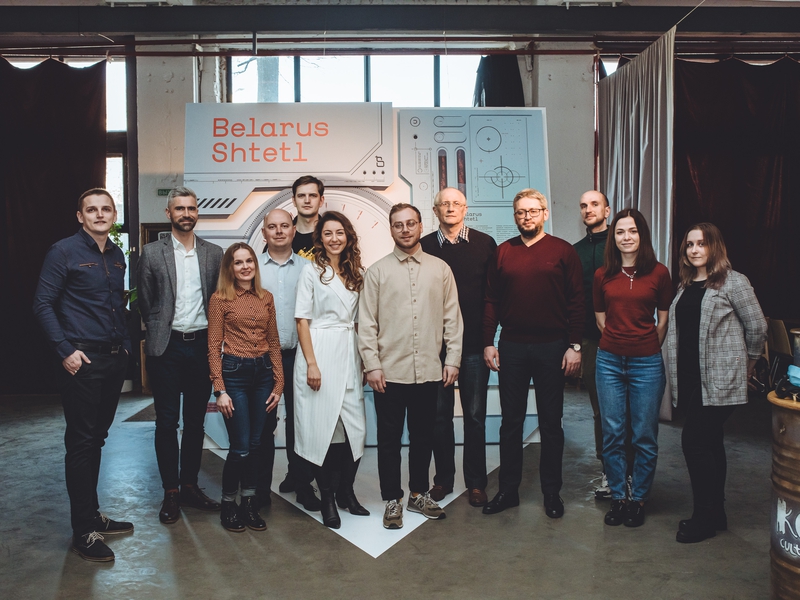
Of course, there are several people who are constantly engaged in the affairs of the center, including me as a Founder and Curator of the center, Zakhar Dudinsky as a Director of the center, and Grigory as a Project Curator.
Did you initially assume that you would use innovative technologies for your projects?
Maya: Yes, we believe that today in the modern world, we should use a combination of traditional and innovative methods. When we started working on “Belarus Shtetl”, nobody knew about the pandemic, but we managed to predict that digital projects would be extremely popular.
We are continuously adapting our projects to changing environments. One of the best examples of responding to unexpected challenges is not only the Belarus Shtetl project but also the Belarusian-Jewish festival, which we held in a hybrid format. We always successfully come up with ideas and projects that would be relevant and in demand.
Do you think innovative technologies and cultural heritage are an organic combination?
Maya: Cultural heritage and innovation fit seamlessly into each other. Of course, we share the experience of our foreign colleagues who already use modern technologies in working with heritage, for example, our colleagues from the Jewish Museum and Tolerance Center that we have recently visited in Moscow.
Here, working on the idea of creating the Jewish Museum in Belarus, we would like to find our own unique approach. But it will definitely include various digital solutions, which is also due to the fact that the majority of heritage sites have been destroyed.
We know that the Belarus Shtetl project involves the visualization of several synagogues. Why did you choose the Slonim Synagogue as a pilot project?
Grigory: Starting to work on the Belarus Shtetl project, we have focused on 5 main synagogues that display the entire palette of the architectural Jewish heritage in Belarus: they belong to different geographical locations, eras, and styles.
But to start the implementation of the pilot project, we needed to spend minimal resources on research and collecting materials. Slonim Synagogue turned out to be the most studied object, and our choice fell on it.
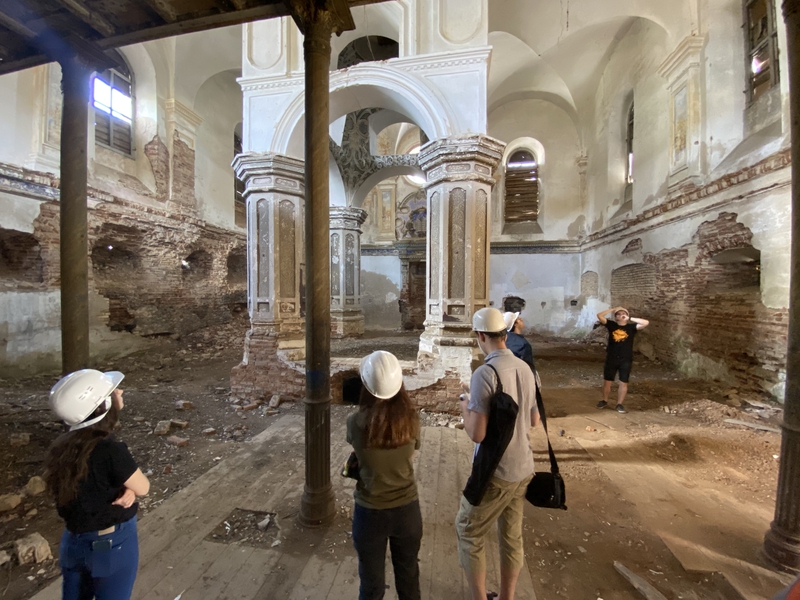
Moreover, the striking beauty of the Great Synagogue of Slonim allowed us to create bright VR storytelling that helps people plunge into the historical context: its architecture, interior, and fresco fragments are truly unique.
Maya: By the way, after we started working on the project, the Slonim Synagogue became a popular object in media: during the creation of a VR tour, the Slonim Synagogue was bought, which underlined the fact that it really needs reconstruction.
How did you choose an IT partner for your pilot project implementation?
Maya: First of all, we were looking only for a Belarusian company, a leader in the VR field.
Grigory: It was also important for us to find a reliable partner, not a contractor. So, our team conducted research, found about 10 Belarussian IT companies providing VR experience, got feedback, and then made a final decision.
We were on the same page with Exposit at once: we liked your professionalism, passion, and sincere interest in the very topic of the idea. It was a perfect match.
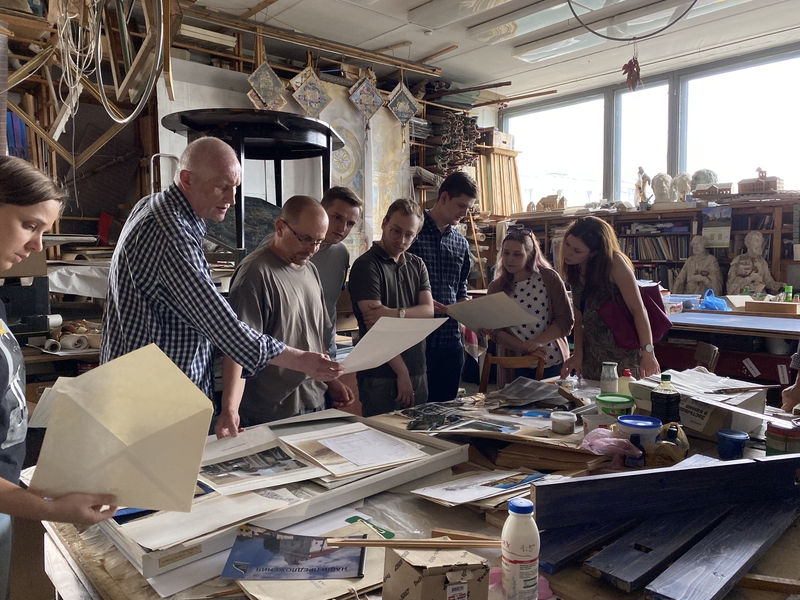
Maya: The attitude to the project objective and willingness to delve deeply into the topic has become a decisive factor in making a decision. All the projects that we are engaged in are imbued with love for the cause.
Together with your company, we have created a friendly working atmosphere, achieved mutual understanding within the team members, and are fully immersed in the process of creating an authentic VR reconstruction of the Great Synagogue of Slonim.
Are you satisfied with the final result? Did Exposit manage to implement your idea?
Grigory: Yes, we are very pleased with the result. Despite the fact that the virtual tour of the Great Synagogue of Slonim is a pilot project, and we created it in compressed resources, our team, including artists, managed to create a product of maximum quality. Together with the Exposit team, we already generated ideas on how to improve and scale the project.
Maya: The result of working with Exposit exceeded all our expectations. Your team was able to take into account all our wishes, and everything worked out.
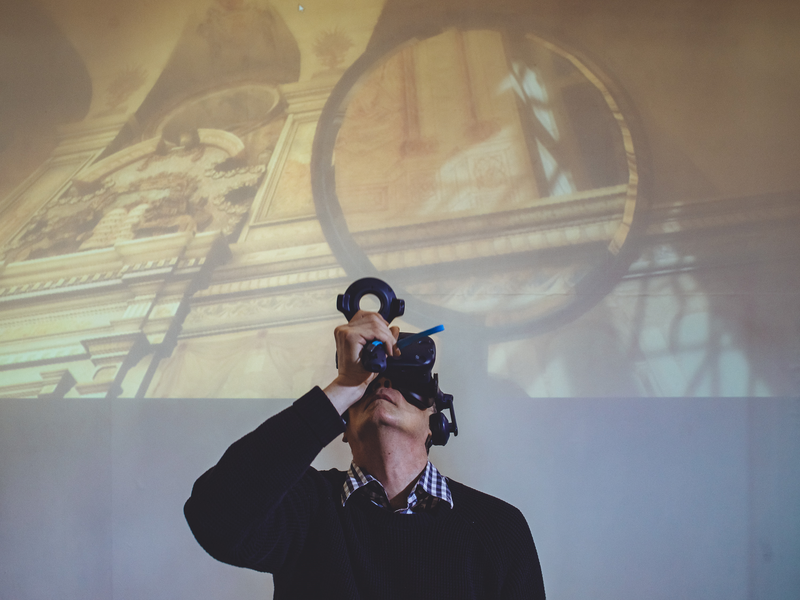
You have already presented a VR visualization of the Slonim Synagogue in Minsk. What feedback did you get from the audience?
Grigory: So far, we have managed to present the project in Minsk. And we can say with confidence that it was quite successful. The presentation of one virtual session lasted 15 minutes, so in order not to create a commotion and a crowd, we organized a recording of visitors in advance.
The exhibition lasted for 2 weeks, and all the slots for these days were fully booked. The most frequent feedback I heard was “wow!”.
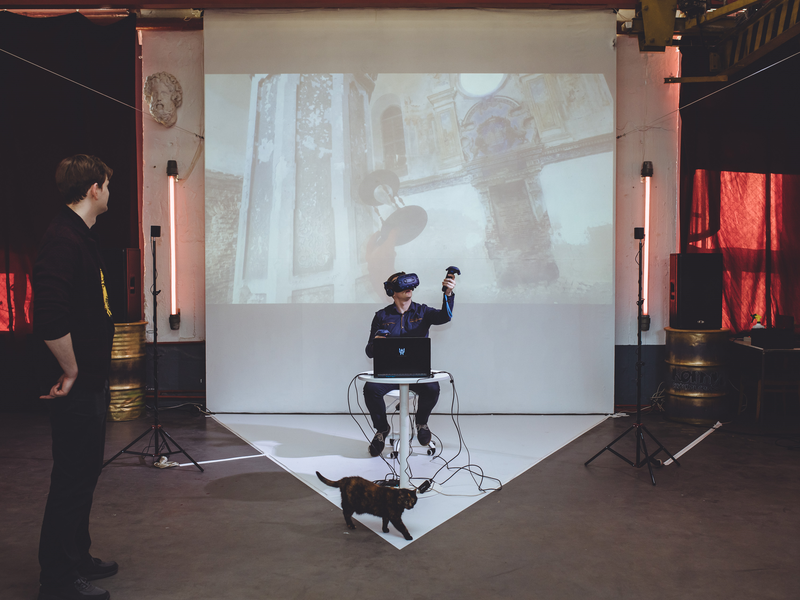
Maya: We are glad that we have attracted many young people to the VR exhibition and inspire visitors to go to Slonim and see the synagogue with their own eyes. It makes me feel that we’ve chosen the right solution.
By the way, at the end of a VR session, people saw the current state of the building. It made almost everyone willing to contribute to the restoration of the Slonim Synagogue. We received a lot of positive feedback and interest from prospective partners.
Would you mind sharing with us your plans for the development of the Belarus Shtetl project?
Maya: At the moment, we strive to use hybrid project formats focused on the topic of Belarus Shtetl in real and virtual museums. Our team continues to search for new ways of digital experience that can be implemented to achieve our goals. I see the Belarus Shtetl project as very flexible and open to new ideas, collaborations, and partnerships.
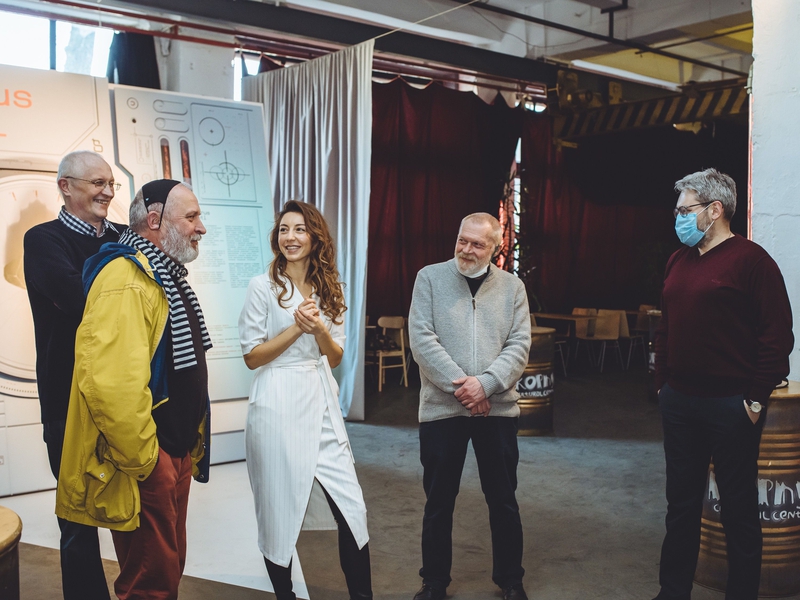
Grigory: At the moment, we are planning to work with different transformations of the pilot project to reach a wider audience and present the project on a global scale. We also want to continue the virtual restoration of the remaining objects of the Belarusian Shtetl project.
Most likely, the next object will be the Oshmiany Synagogue because it is very attractive from the perspective of the interior, and we have already gathered a lot of materials about it.
Remark by Exposit
The VR reconstruction of the Great Synagogue of Slonim is a unique experience for our company. We are pleased that the professional abilities and custom approach of our team were able to help the client implement their ideas and gave them the opportunity to develop the mission of the Belarusian-Jewish Cultural Heritage Center.
Exposit is not only a team of highly skilled specialists who can implement your most bold ideas but also professionals who delve into your business challenge to find the most effective solution. Contact us if you are looking for a reliable IT partner you can trust.
Photos by Alexander Vasukovich and the Belarusian-Jewish Cultural Heritage Center.
